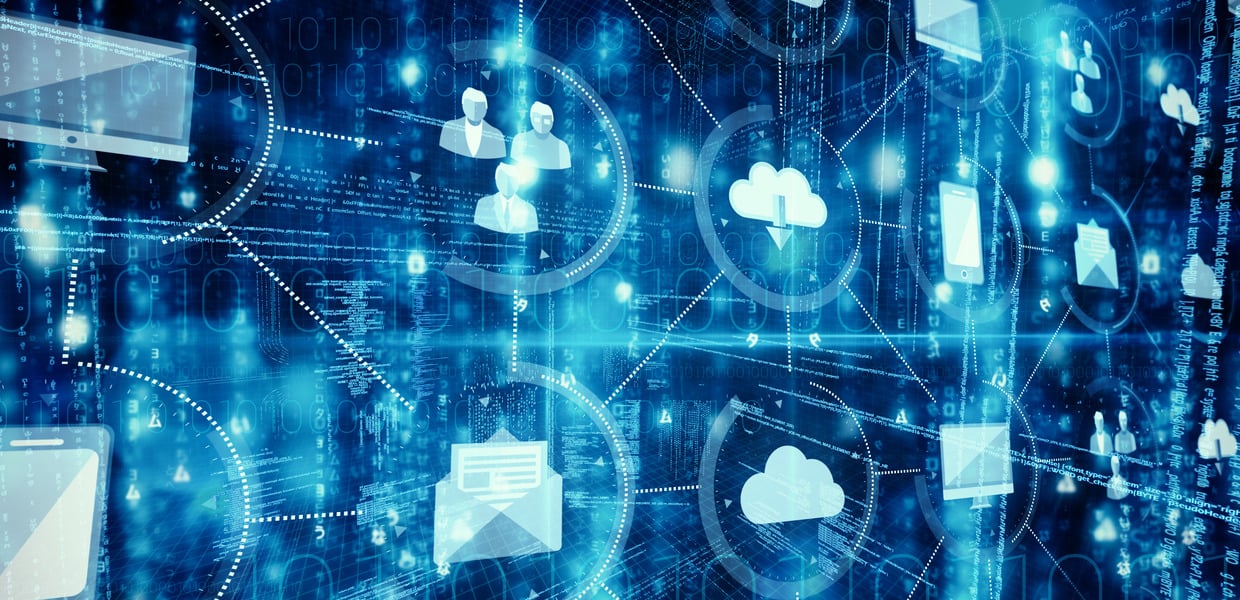By Rittal on Jul 15, 2022 8:39:00 AM
Digitalisation? We hear about it in the news, and experience it at work, and at home. The impact is everywhere. But what does it really mean? Analog processes and information are being digitised, saving time and making things easier in many areas of our lives. Digitalisation enables people and businesses to engage with technology to get things done. Interactions, communication, and business models are undergoing transformation as a result of digitalisation, and all of this generates vast amounts of data.
This data needs to be gathered, evaluated, stored, and made accessible when needed. Digitalisation enables quick access to valuable data that can help predict anomalies, protect property, and drive efficiency in private and industrial processes.
The growing demand for integrated and intelligently connected solutions means that companies are increasingly relying on digitalisation. An example of digitalization is modern dining. It's now common to conduct prior research of eating options, assessing reviews of nearby restaurants online via a computer or smartphone, booking a table by booking online or calling directly. From there you may use a phone App to navigate to your destination, or your vehicles in-built navigation. At the restaurant, they now have free wifi and a digital point-of-sale system to let you 'tap-and-go'. Our environment is becoming more and more digitalised. Every digital touch point mentioned here involves transferring data.
The Internet of Things (IoT) refers to all the computing devices that can connect to the Internet from mobile phones to laptops to machines and factory systems. And maybe even your refrigerator. All these devices communicate with other devices, networks, and with people. In 2020, it's predicted 95% of these devices will be connected. This communication is really just an exchange of data between machines. In addition to adding tremendous convenience to our lives, the goal of this networked exchange is an increase in automation, monitoring, and oversight.
These trends reflect an incredibly dynamic IT market that will impact future IT strategies and change our daily routines at work and at home. Industry, economies, and all of us will face new challenges arising from the constant development of technologies designed to make our world smarter and safer.
The data resulting from digitalisation and the IoT requires more storage. A study by hard drive manufacturer Seagate and market researchers IDC forecasts an explosion in real-time data volume in the next decade. Some predict that it will double every two years.
Most of this real-time data is needed for immediate decisions in cognitive systems like analytics and machine learning, but long-term storage is only required for a subset of the data volume. As businesses digitally evolve, low latency and immediate data processing will be necessary. Major investments will have to be made by business to handle this tremendous volume of data.

